Mizoguchi's women
 Saturday, May 30, 2020 at 10:49PM
Saturday, May 30, 2020 at 10:49PM 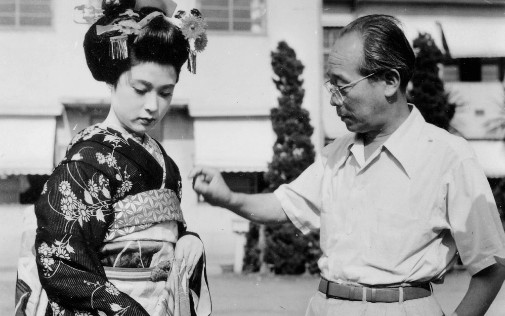
Last time we talked about Japanese cinema, we were looking at the history of the Best Costume Design Oscar. Among the five pictures from Japan nominated for that awards, we find Ugetsu, the only Kenji Mizoguchi film to ever receive any sort of recognition by the Academy. Considering some of the director's best films are currently available online thanks to platforms like the Criterion Channel, Kanopy, and HBO Max, it seems like a good time to highlight more of his cinematic mastery. After all, there's much greatness in Mizoguchi's exquisite cinema beyond the sartorial splendor of Ugetsu…
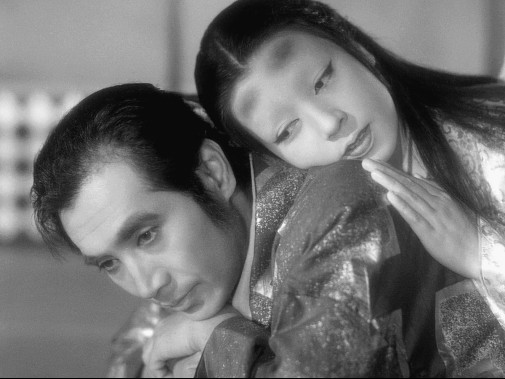 Ugetsu
Ugetsu
There are many ways to discuss the filmography of Kenji Mizoguchi. Some have written about his careful compositions, the mastery of horizontal camera movements that turn action into living painted scrolls, about the way he loved traditional art forms, and so forth. All that said, for this piece, we'd like to invite you to look at this director's cinema through a prism of feminist concerns. First of all, though, it might be necessary to give some context regarding the filmmaker's life. While auteur's theory has its limitations, when facing a filmography like that of Mizoguchi, to understand the director is to understand his films.
Born to a family of modest means as the 19th century died out, Kenji Mizoguchi spent a good part of his childhood suffering through the aftermath of the Russo-Japanese war. Due to economic troubles, his family moved out of the Bunkyo-Hongo neighborhood of Tokyo to a more traditional district of Asakusa, where remnants of the Eido period still survive to this day. In that environment rich in history, the director grew to love Japanese art, especially painting and even worked as a kimono maker thanks to the help of his beloved older sister. Among ancient temples and geishas, Kenji Mizoguchi developed the tastes and aesthetics that would help him create some of the most beautiful examples of Japanese cinema in the first half of the 20th century.
It wasn't all art and culture though. The family's life in Asakusa was still haunted by economic hardship. So much so that, when she was fourteen, the director's sister Suzu was sold by her father to a geisha house. The shock of losing his beloved sibling paired with the way the patriarch also maltreated Mizoguchi's mother would bear out lifelong rancor from the son towards his father. That's important to have into account when looking at his cinema because, if there's one theme that manifests in every one of his works, it is that men are trash. To explore Mizoguchi's filmography is to encounter a string of horrible men, mean-spirited and prejudiced, hypocritical, and violent, whose main contribution to this world is their destructive power, especially towards women.
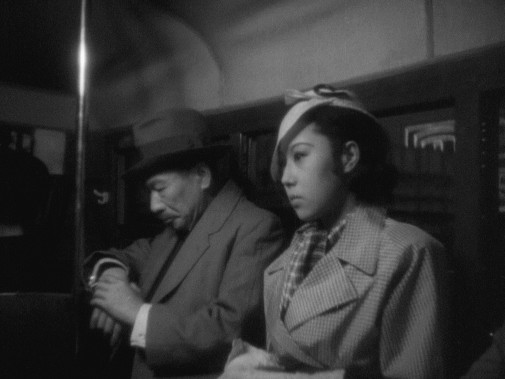 Osaka Elegy
Osaka Elegy
During a time when Hollywood was doing weepy melodramas about fallen women whose tragic endings were a moral necessity, Mizoguchi dedicated his career to exploring female characters whose lives are constantly thwarted by societal pressures. His portrayal of sex workers is particularly interesting, feeling refreshing even today. Geishas are recurring subjects, as are more urbane prostitutes, all of them observed with utmost respect and consideration. In 1936's Osaka's Elegy, a woman prostitutes herself to save her father and brother from debt but is then shunned by them for her delinquency. Instead of allowing those putrid hypocrites to get the final word, Mizoguchi instead closes the film on the defiant visage of his protagonist.
Mizoguchi's women may be victims but, more often than not, they are sure in their knowledge that they don't deserve it. Even when reacting to such fate with beatific resignation, like in the tortuous masterpiece that is Sansho the Bailiff, they are framed as the ones in the right. In the aforementioned Ugetsu, we see human women and female figures of the beyond. While the magical ones use their powers to manipulate scoundrels, the mundane people are subject to rape and the stupidity of their spouses. As for The Crucified Lovers, another period piece, Mizoguchi weaves a tale of star-crossed lovers whose adultery is cruelly punished by a society whose notions of honor are more important than the value of human life.
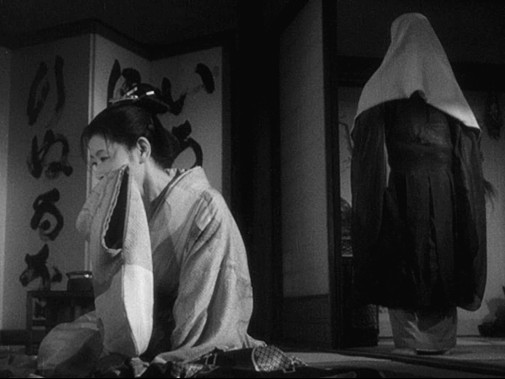 Life of Oharu
Life of Oharu
In all of those movies, the director gets extraordinary performances out of the actresses giving life to these characters. From his more regular players, Kinuyo Tanaka was the first among equals, serving as recurrent muse to the director. In The Life of Oharu, he practically built an entire film around her presence, telling the story of another woman forced by life's circumstances to sell her body. Of all his works, this is perhaps the most painful to watch, but it's also the most vibrantly angry. For all that he made his characters suffer within the narratives, Mizoguchi's camera always forces the audience to sympathize with them. He makes us suffer along with them and engage in their unfair struggle.
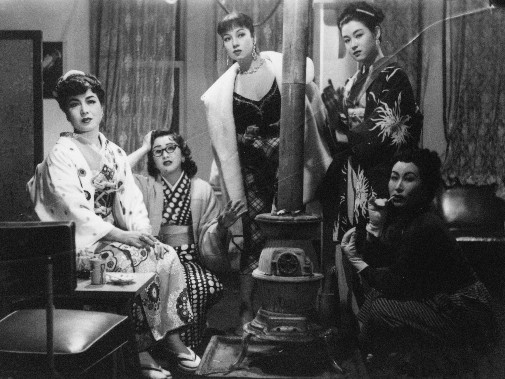 Street of Shame
Street of Shame
After a while, that sympathy tends to transform into rage against the oppressive systems that make the tragedies possible. It's especially galling that, whether doing period films or contemporary dramas, the societal issues in Mizoguchi's films are always the same, painting a view of misogyny as an eternal malady of history. One day that might change, and in his last film, the director laced his cinema of indignation with something more hopeful. Street of Shame tells the story of various prostitutes in the Japan of the 1950s, weaving tales of resilience with personal pain and much empathy. With the grace of his actress' careful characterizations and his camera's elegance, Mizoguchi ended his career with a movie that, for all its hardships, finds in the wonder of humanity a light at the end of the tunnel. We all need that light.
All the films mentioned in this piece are streaming on the Criterion Channel.



Reader Comments (3)
These women are beautiful! Thank you for posting.
Life of Oharu I think was one of the first films by Mizoguchi that I saw as it was devastating yet I fucking loved it as it led me to his other films including Sansho the Bailiff which is my favorite film of his so far.
Mizoguchi’s camera movements and mise-en-scène are spellbinding in their beauty and precision. I’d noticed (and deeply appreciated) the feminist streak running through his filmography but never knew what fostered it.